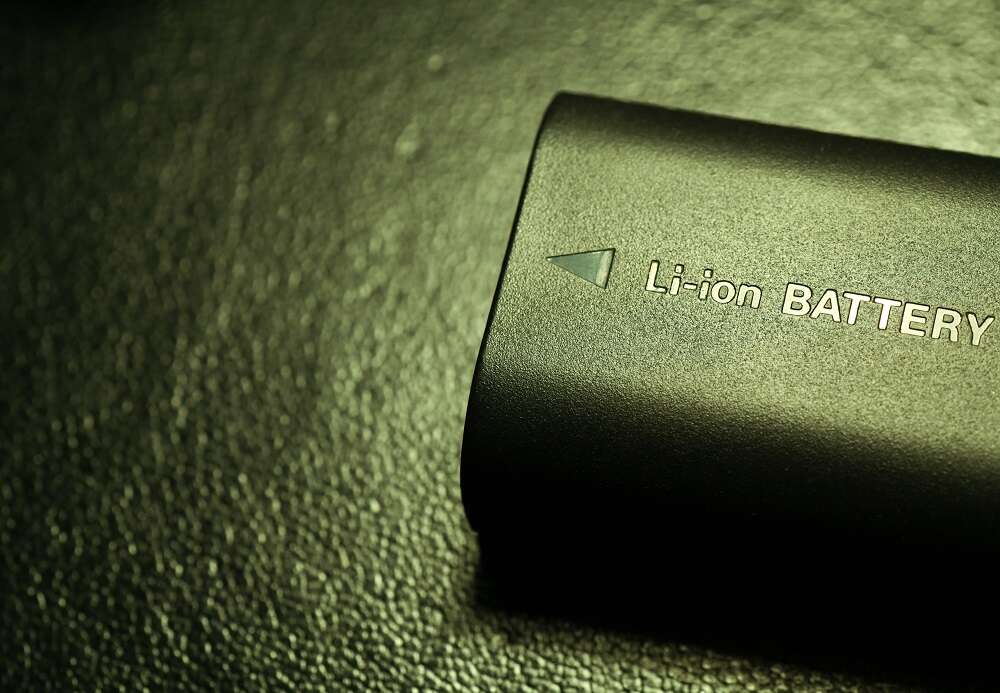On the 7th January 2013 cleaning staff onboard a Boeing 787 aircraft noticed smoke in the rear cabin. Closer inspection by a mechanic discovered a fire originating from the lid of the APU battery case. Fortunately, the plane was parked at Logan International Airport, USA, at the time, so none of the 183 passengers and 11 crew were hurt.
Nine days later, on 16th January 2013, a Boeing 787 had to make an emergency landing at Takamatsu Airport, Japan, due to an incident involving the main lithium ion battery.
As a result, the Federal Aviation Administration (FAA) grounded the entire 787 ‘Dreamliner’ fleet, pending an investigation by the NTSB (National Transport Safety Board).
The NTSB investigation found that the most likely cause of the fires was an internal short circuit within a cell of the lithium ion battery. This short circuit causes a ‘thermal runaway’ which leads to the heating of the adjacent cells, resulting in excessive heating, fire and possibly even explosion.
Boeing’s 787 aircraft were the first to use large lithium ion batteries and they found out some of the limitations the hard way. The overall conclusion was that Boeing, the FAA and the battery manufacturer did not fully understand the risks associated with lithium ion batteries.
However, it is not the first time that lithium ion batteries have caused problems on aircraft. Just this year, the FAA have published an online list that describes 258 separate events involving smoke, fire, extreme heat or explosion from lithium ion batteries from March 1991 to 22nd May 2019. And since April 2016, the International Civil Aviation Organisation have put strict regulations in place relating to the air transportation of LiB – and the US have followed suit this year.
So, why are lithium ion batteries so dangerous? And what can manufacturers do to mitigate the risk?

The NTSB investigation found that an internal short circuit within a cell of the battery caused the fires. The short circuit causes excessive current flow, which heats the cell so much that it ignites. It’s generally now understood that fine metal particles from contaminants within the cell are what cause the short circuiting. This can happen in one of two ways:
To ensure safe operation, battery manufacturers and battery component providers must check for and reduce metal contaminants in production. Areas where contamination must be kept to a minimum are:
Checking for the size and density of metal particles in these areas will help avoid in-the-field failure of the kind that grounded the entire fleet of Boeing 787s.
Hitachi High-Tech have developed an X-ray particle analyzer specifically for the detection and analysis of metal contaminants within lithium ion batteries. With high accuracy and precision at extremely fast measurement times, the EA8000 can be used to maintain quality across your lithium ion battery production.
For more information on how the EA8000 can prevent catastrophic LiB failure, get in touch.